QOTD: What's the Optimal Manufacturing Mix for Profitability?

In last Wednesday’s Question of the Day post, we asked you to build the perfect manufacturer lineup. As you responded and built your hodgepodge lists of desirable present day cars from various manufacturers, capitalist and commenter Dal20402 had something else on his mind: profitability.
Propulsion, platforms, and product planning are on the agenda today. What combination is the most profitable?
The basis of all vehicles is, of course, the platform residing underneath all the pretty (or ugly, if it’s a Toyota) metal. Companies like Volkswagen have perfected the art of the modular platform, which is easily scalable up or down depending on the required usage. How many platforms does a full-line manufacturer need these days?
With platforms established, thoughts turn to the metal rectangle under the hood; whether that means battery or engine is up to you. In this age of EVs, small displacements and turbocharging, how many different types of propulsion do you need? Or perhaps, what are the fewest number of engines a company can attach to the widest number of vehicles?
The final concern in today’s discussion is how the power established above gets to the road. Are CVTs worth the trouble, or should manufacturers stick to the established conventional automatic? For profit’s sake, is it necessary to offer a manual at all? Is all-wheel drive (or 4×4 real-quad-track whatever) the best way to add a couple grand to each and every vehicle on the lot?
Before we turn you loose in the comments, remember that today we’re talking maximum profits, which is very different to Internet Car Enthusiast appeal or reliability.
Thanks to Dal20402 for suggesting today’s question. If you’ve got your own QOTD to send me, forward it via electronic telegram to editors@ttac.com.
[Image: Shutterstock]

Interested in lots of cars and their various historical contexts. Started writing articles for TTAC in late 2016, when my first posts were QOTDs. From there I started a few new series like Rare Rides, Buy/Drive/Burn, Abandoned History, and most recently Rare Rides Icons. Operating from a home base in Cincinnati, Ohio, a relative auto journalist dead zone. Many of my articles are prompted by something I'll see on social media that sparks my interest and causes me to research. Finding articles and information from the early days of the internet and beyond that covers the little details lost to time: trim packages, color and wheel choices, interior fabrics. Beyond those, I'm fascinated by automotive industry experiments, both failures and successes. Lately I've taken an interest in AI, and generating "what if" type images for car models long dead. Reincarnating a modern Toyota Paseo, Lincoln Mark IX, or Isuzu Trooper through a text prompt is fun. Fun to post them on Twitter too, and watch people overreact. To that end, the social media I use most is Twitter, @CoreyLewis86. I also contribute pieces for Forbes Wheels and Forbes Home.
More by Corey Lewis
Latest Car Reviews
Read moreLatest Product Reviews
Read moreRecent Comments
- Offbeat Oddity I'd go with Mazda, especially now that there's no more cylinder deactivation on the 2024 NA motor. It's around $4-5k less than the Toyota with similar equipment, and I think reliability is probably very close between them.Regarding reliability, hasn't this generation of RAV4 taken a hit? I know it's not rated as highly in Consumer Reports, and there were teething issues during the first few years. I'm surprised it's not mentioned in more reviews- even Jack Baruth's. I'm sure the bugs have been worked out by now, though.
- Peter I want a self driving red ragtop 1958 Plymouth Fury. Just like the car in the movie Christine.
- Mgh57 Doesn't seem like this tech is ready for prime time.
- Nathan The Ram is the most boring looking of the full size trucks, kind of like a Tundra.If they cancel the Ram Classic, I hope a full resign makes the Ram at least look interesting.
- DJB1 I'll be all for it when it has a proven safety record. I have an awesome life and a lot to live for, so right now I'm not putting that in the hands of overconfident tech-bros.



















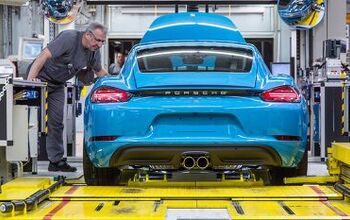

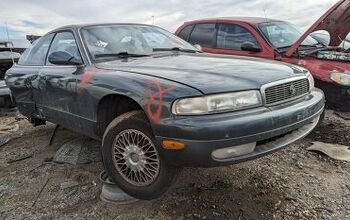

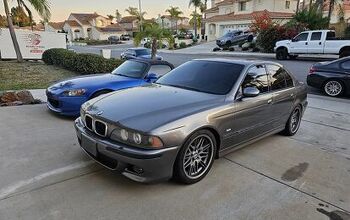

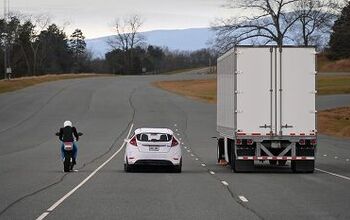
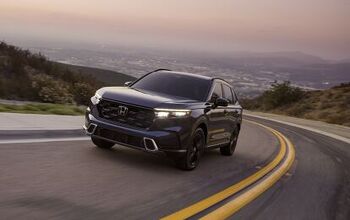

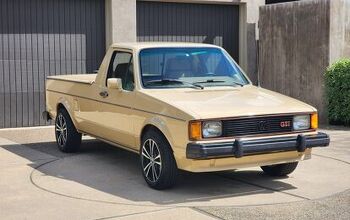
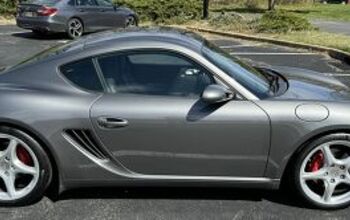

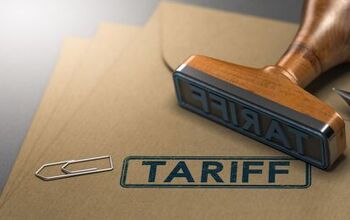


Comments
Join the conversation
Corey asked: "How many platforms does a full-line manufacturer need these days?" I understand how he arrived at this question, as a follow-up to yesterday's discussion; but it's the wrong question. Of course it's smart for manufacturers to use each platform for as many models as possible. The extent to which this can be done is a matter of the technology of building cars, which I know nothing about. The real way to make money is to use each platform for as many brands as possible. This is the key to VW's success. Everyone knows that a SEAT is built from VW's parts bin. Everyone knows that a Skoda copies last year's Audi technology. No doubt buyer see this as a good thing. If last year's technology was good enough for Audi, it's certainly good enough for a medium-priced Skoda. And VW doesn't cheap out on sheet metal. They maintain a distinctive brand identity for each by making the cars look different. I assume that PSA intends to follow the same pattern. They will use the same platforms for all their brands, but they will not build Peugeots in England and Germany. They will make a model that appears different to sell as a Vauxhall in England. They will build something *German* to sell as an Opel in Germany. As I understand it, even Toyota does the same thing, at least in Japan. We tend to think of Toyota as equivalent to Chevy, but we should think of it as equivalent to GM. The different Toyota stores in Japan are like different brands. I don't know how it works, but Toyota must feel they can sell more cars by appealing to different buyers in different ways. The Chinese certainly understand this. An article just above this one explains that Lotus will build a CUV using the Volvo platform (that Geely paid for.) Will it be the same as the Volvo, but with different grill and tail lights? Of course not. They will use it to build the Lotus brand identity. And Geely will use the platform for one, or several, brands in China. American manufacturers have had very few successes with this strategy. A rare example is the 1983 Ford Thunderbird/ Mercury Cougar. Using the same chassis and mostly the same body, they built two cars that did not cannibalize each other. People who liked the Thunderbird hated the Cougar; people who liked the Cougar didn't like the Thunderbird. But for the most part, American manufacturers have failed badly, trying to make a quick buck by skimping on the development of distinctive brands. One need only mention the Cadillac Cimarron for proof of this.
Like it or not, I think Ford's decision to cut most of its car lineup and their insistence on Ecoboosting everything fits this question.